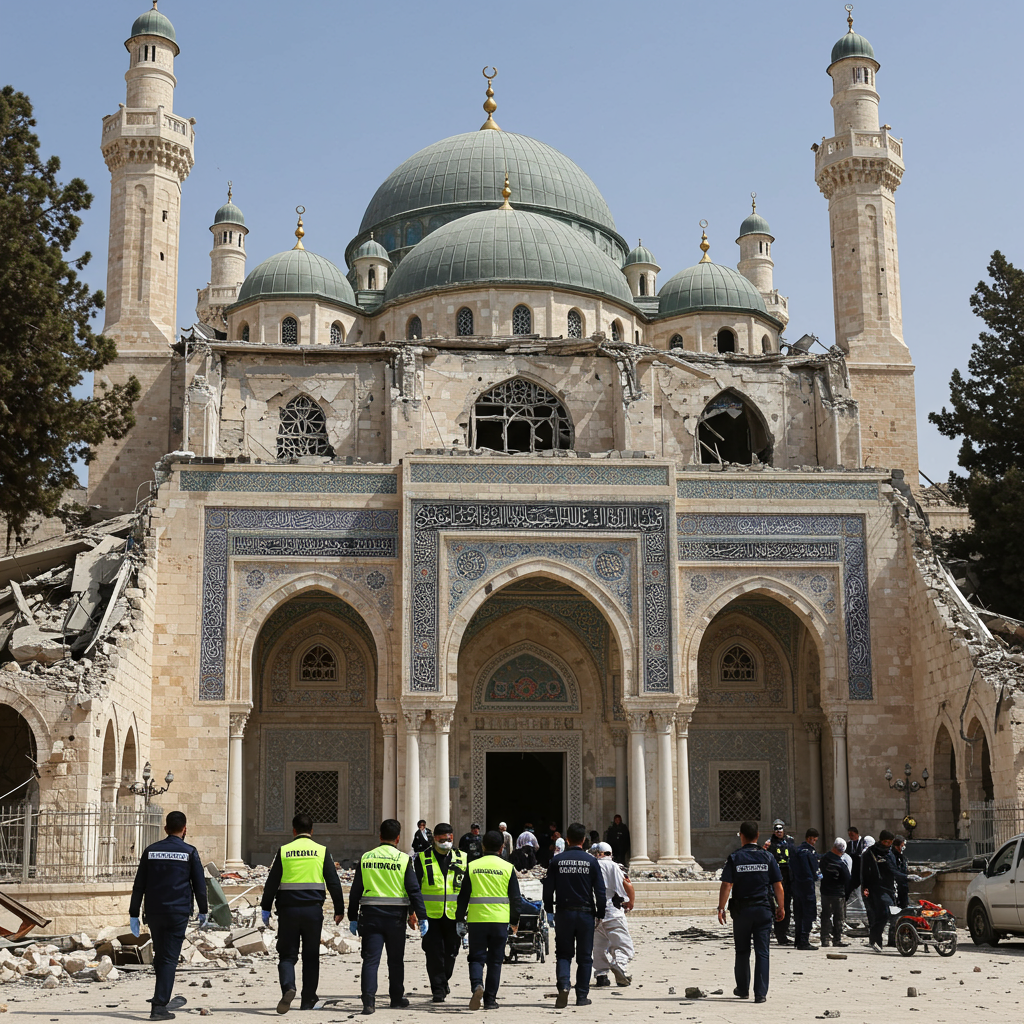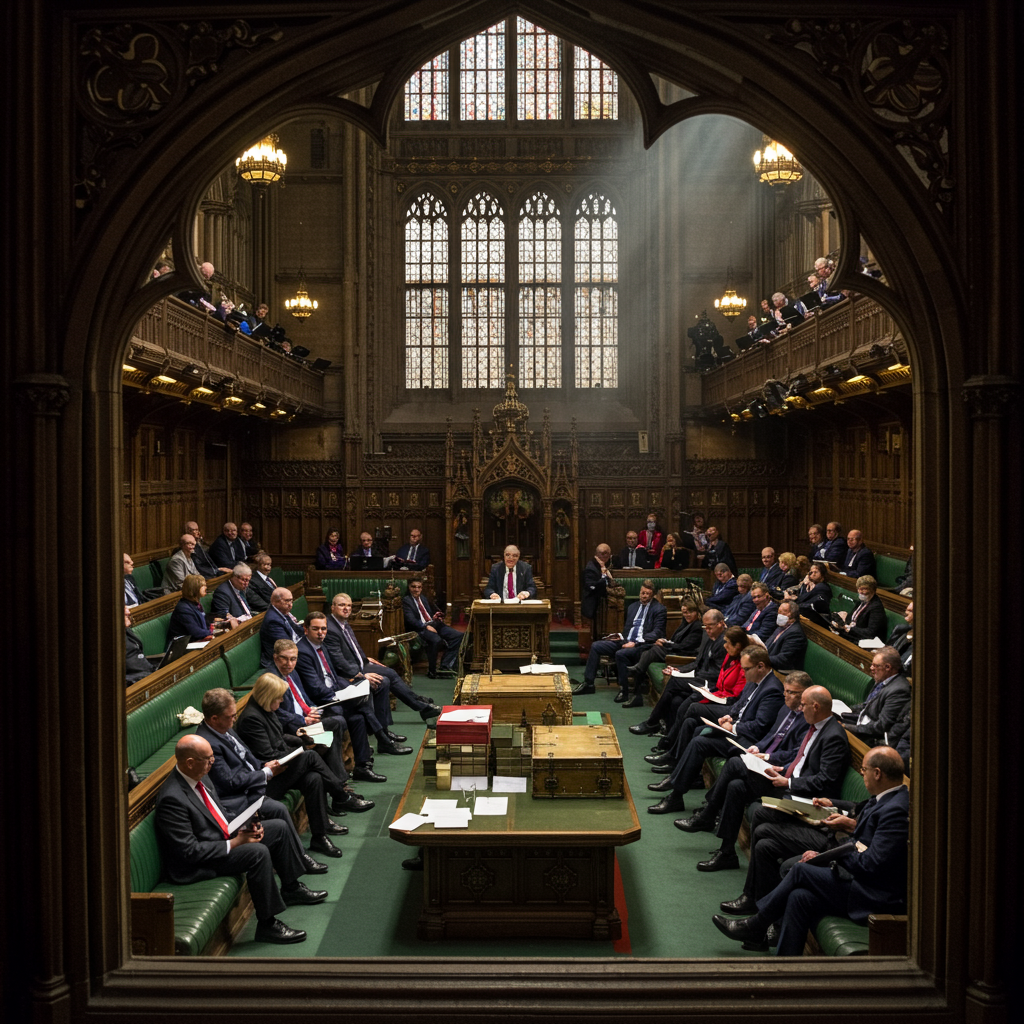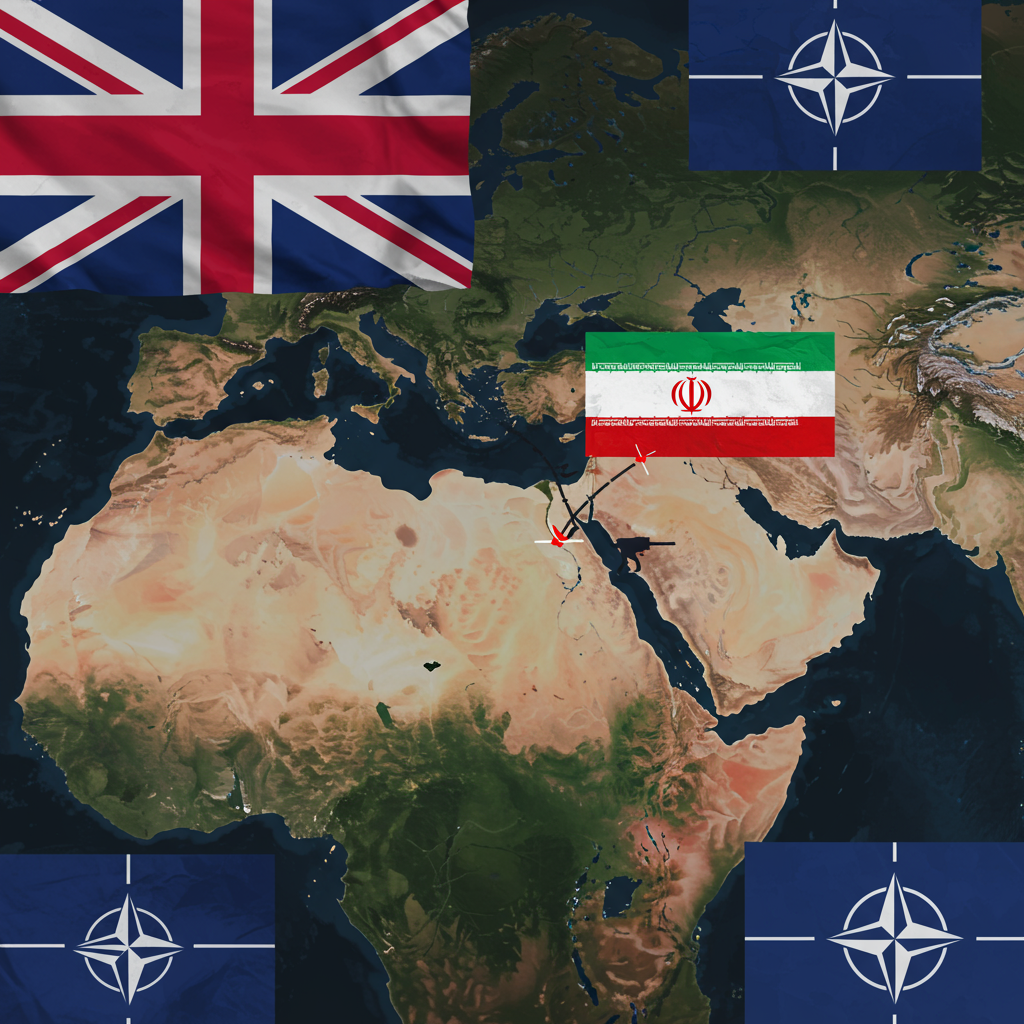An Iranian missile strike that targeted Haifa on Friday afternoon resulted in damage to two of the city’s most historically significant Islamic sites: Masjid Al-Saghir (also known as the Zahir al-Umar Mosque) and the Al Jarina Grand Mosque. The attack, part of a wider barrage of Iranian ballistic missiles fired across Israel, impacted the downtown area where the mosques are located.
The Masjid Al-Saghir, built in 1761 by Zahir al-Umar, who is credited with founding the modern city of Haifa, sustained damage in the strike. Nearby, the Al Jarina Grand Mosque, originally constructed in 1775 and later enlarged in 1901 during the Ottoman era, was also hit.
According to reports from Foreign Minister Gideon Sa’ar, Muslim clerics who were inside the Al Jarina Mosque at the time of the strike were among those injured. The attack on these historic religious structures highlights the targeting of civilian and cultural sites during the escalating conflict between Israel and Iran.
A City Symbolizing Coexistence Under Attack
The strike on Haifa drew swift condemnation. Israeli President Isaac Herzog described the incident as an “outrageous attack” on a city renowned as a “symbol of coexistence” between diverse communities including Jews, Muslims, Christians, Druze, Circassians, and Bahá’ís. President Herzog emphasized that the attacks indiscriminately target Israelis of all faiths, including Muslims, vowing that Israel would defend all its citizens.
Foreign Minister Gideon Sa’ar accused the Iranian regime of deliberately targeting the historic mosques and the surrounding residential Wadi Nisnas neighborhood. He stated that such actions, striking civilian population centers and religious sites, constitute “war crimes” under international law.
The mosques represent some of the oldest buildings in Haifa, tracing back to the city’s rebuilding and fortification by Zahir al-Umar, the Ottoman governor who also developed other key cities in the Galilee region like Acre, Nazareth, and Tiberias.
Visiting the scene of the damage later on Friday, Sa’ar reiterated his condemnation to foreign press. He characterized the attack as a direct result of Iran’s strategy, aimed at civilian areas, and called the targeting of the mosque “a mistake” rooted in a lack of understanding of Israeli society’s strength and unity across faiths. Sa’ar affirmed that Israel would continue its operations against Iran until its goals of removing the dual nuclear and missile threats were achieved.
Wider Context of Escalation
The attack on Haifa occurred amidst a significant escalation in hostilities, described by some as the “Israel-Iran War,” which saw Iran launch heavy barrages of ballistic missiles and drones nationwide. While the focus in Haifa was on the damage to historic mosques and injuries to clerics, the city also saw a higher casualty count from the strikes. Reports indicate at least 31 people were injured in Haifa, with nineteen requiring hospitalization and fourteen sustaining lighter wounds. Other cities like Tel Aviv and Bat Yam also suffered direct hits on residential areas, leading to civilian deaths and significant damage elsewhere in the country.
This wave of Iranian attacks followed large-scale Israeli strikes targeting Iran’s military command and nuclear facilities earlier in the week. The rapid expansion of Iran’s missile capabilities has been cited by Israeli military officials as a key factor leading to their actions.
The targeting of civilian infrastructure and religious sites in places like Haifa underscores the dangerous trajectory of the conflict, raising international concerns about the impact on civilian populations and historical heritage on both sides.




